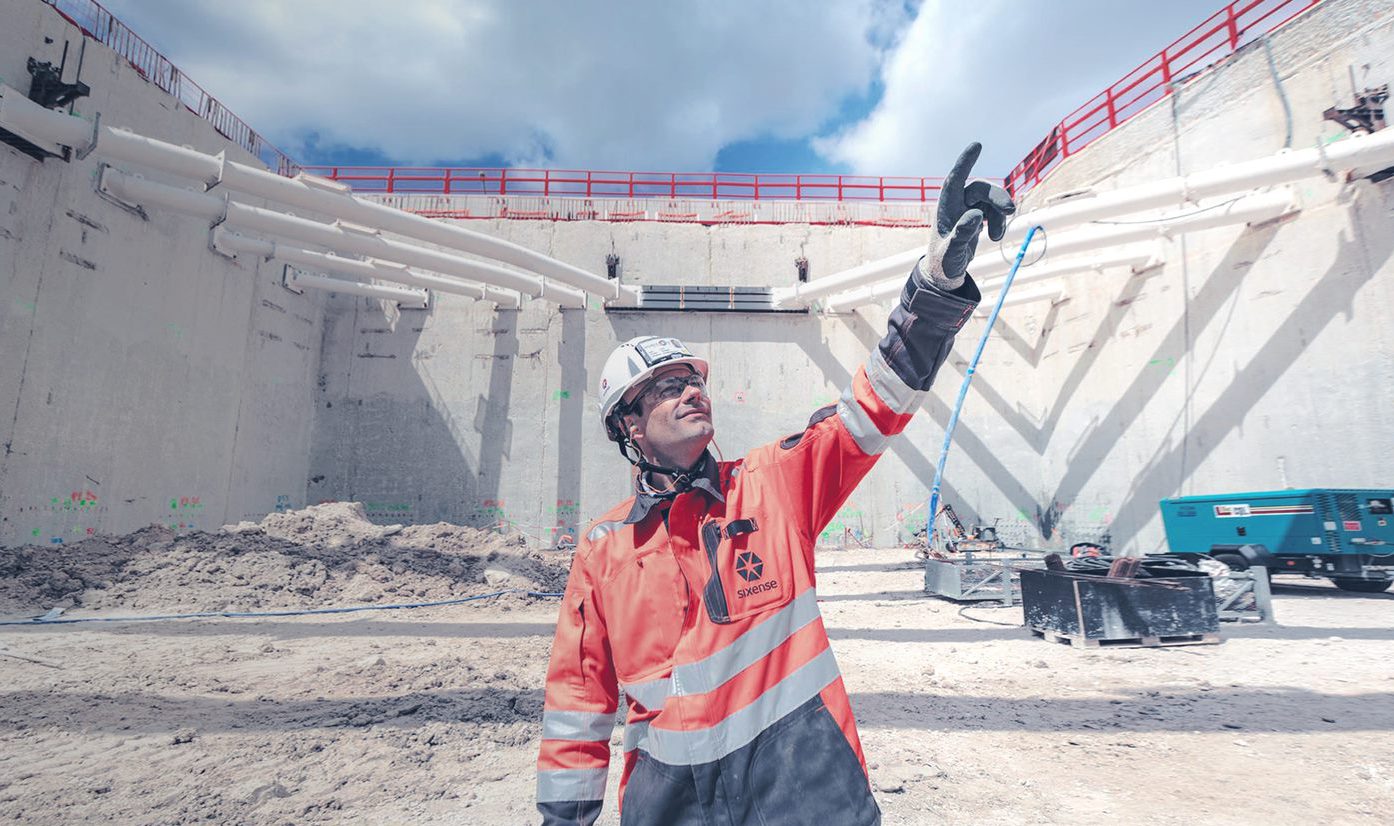The Quality Assurance Plan makes it possible to agree on the context, scope and challenges of the services provided, by describing the specific provisions for carrying out the project. The document must be drawn up with the agreement of the implementation company and the customer.
The Quality Assurance Plan (QAP) plays a fundamental role in the construction industry. It serves as a reference for all the measures implemented on worksite by the company with a view to completing the project. In line with the customer’s expectations, the Quality Assurance Plan is a central pillar of the worksite’s quality management system.
The Quality Assurance Plan process often includes a validation stage. This is usually carried out by the project owner or the customer himself, acting as the project owner‘s assistant. These stakeholders ensure that the Quality Assurance Plan meets the requirements of the project, thereby guaranteeing that it runs smoothly.
The Quality Assurance Plan can also incorporate standardised elements. These come from the company’s global quality system. This ensures consistency in the practices and standards applied across different worksites.

As you will have gathered, the Quality Assurance Plan is a fundamental document in the construction and public works sector. It guarantees compliance with standards and customer expectations, and is drawn up by the project team or the quality department of the company responsible for carrying out the project. Several stages are involved in this drafting process, starting with the identification of the specific requirements of the project and the regulatory standards in force. These criteria are then transformed into concrete measures and procedures, often involving technical experts, project management specialists and quality professionals. These different stakeholders work together to produce a comprehensive document that covers all aspects of quality, from project planning to execution. Once it has been drafted, it undergoes a validation and approval process.
This role generally falls to the project manager (MOE), who is responsible for overseeing the smooth running of the worksite, or to the customer himself, often represented by an assistant project manager (MOA). This validation ensures that it adequately meets the needs of the project and the customer’s requirements. In short, the process of drafting the Quality Assurance Plan involves close collaboration between several players and ends with a validation that ensures the relevance and quality of the document before it is implemented on the worksite.
This tool is central to the construction and public works sector. It is made up of a set of rigorously defined measures, procedures and standards. These elements ensure quality, compliance and the satisfaction of customer expectations throughout the construction project. The components of the Quality Assurance Plan are formulated taking into account the specific features of the project, the technical requirements and the company’s standards. The various stages, from planning to completion, are described in detail, encompassing quality control processes, tests, checks and validations.
The aim is to ensure that the project is implemented smoothly and efficiently, minimising risks and maximising the quality of the end results. The drafting of this tool also incorporates standardised elements of the company’s overall quality system, in order to harmonise practices and optimise quality management across all worksites. In this way, the Quality Assurance Plan is much more than just a document: it reflects the company’s commitment to operational excellence, customer satisfaction and the successful completion of each project in compliance with specific standards and requirements.
By clearly defining the standards, measures and procedures specific to each project, the document acts as a roadmap to ensure the quality, compliance and success of the worksite. It prevents costly errors, minimises risks and potential disputes, while improving operational efficiency.
What’s more, this quality management tool reflects the company’s commitment to its customers and to meeting the highest industry standards. By harmonising practices across worksites, the Quality Assurance Plan contributes to more consistent and effective quality management. Ultimately, investing time and resources in drafting and implementing a Quality Assurance Plan generates lasting benefits: successful project execution, satisfied customers and a positive reputation in the industry.
It is crucial to distinguish between the Quality Assurance Plan (QAP) and the Health Safety and Quality Assurance Plan (HSQAP). Although both plans aim to guarantee the quality and compliance of construction projects, the HSQAP focuses specifically on integrating health and safety measures into the construction process. While the Quality Assurance Plan focuses on the overall quality of the project, ensuring compliance with standards and client expectations, the HSQAP goes further by incorporating protocols and procedures to minimise health risks on the worksite.
In simple terms, the HSQAP takes into account aspects such as accident prevention, toxic waste management, protection of workers against health risks and many others. It is often aligned with specific health and safety regulations and takes into account potential risks to public health and the environment.